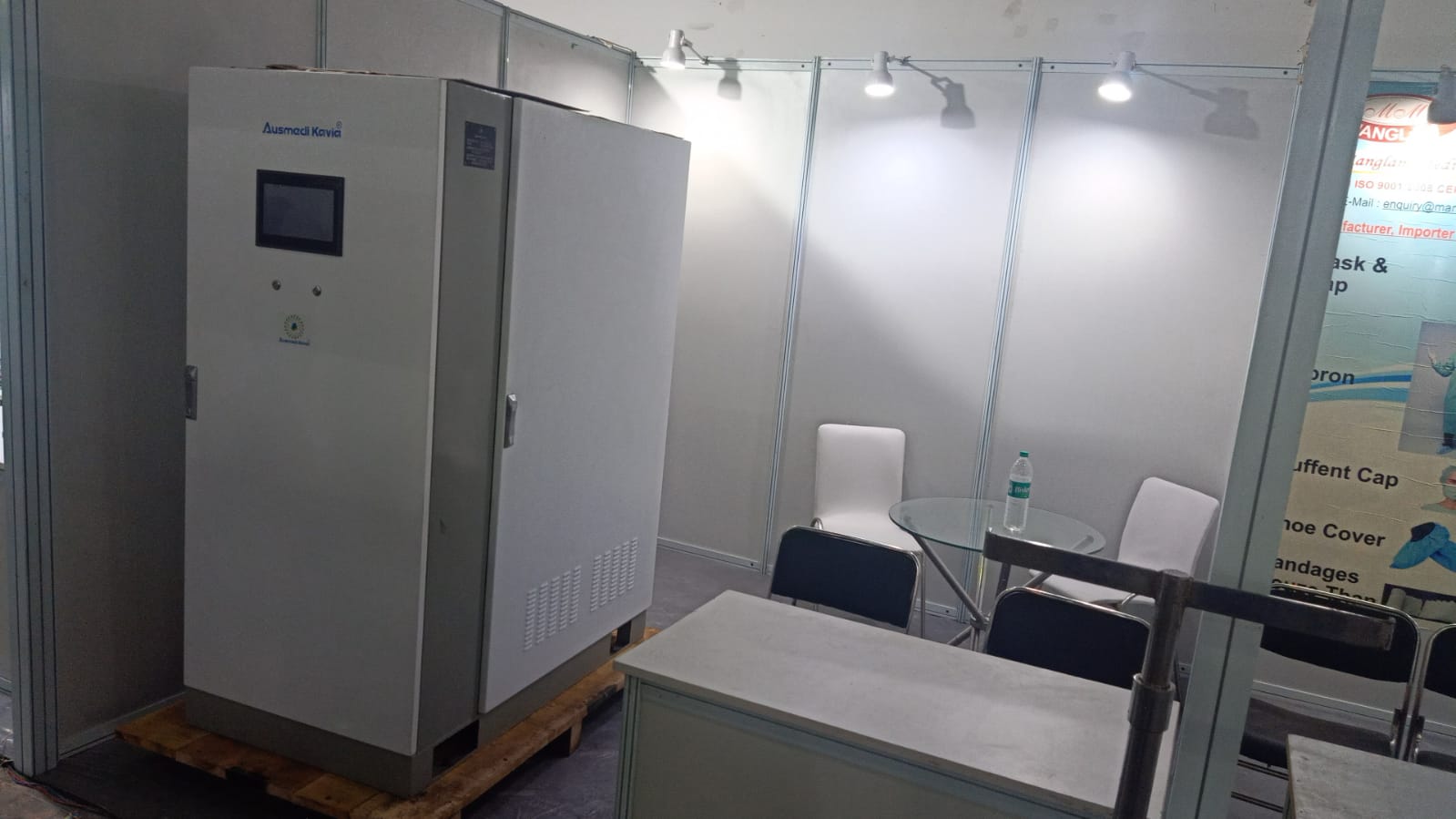In the medical sector, ventilators and oxygen generators are extremely important. Patients who are forced to remain on ventilators during surgery or even when they are receiving other therapies are a common occurrence. While people with severe respiratory conditions like COPD require oxygen generators. As the pandemic has recently fast expanded throughout India, many affected people are now having respiratory difficulties, and the demand for ventilators has surged significantly. In addition to the pandemic, there are a number of other factors that have contributed to the sharp increase in the number of cases of severe respiratory problems.
There Are Three Types Of Oxygen Generators
The three most popular forms of oxygen generators are electronic, chemical, and molecular sieve oxygen generators. There are many different kinds of oxygen generators.
1. an electronic oxygen source
The electronic oxygen generator produces oxygen by oxidizing and reducing the oxygen in an aqueous solution. This kind of substance needs to be used and handled with extreme care. It is not appropriate for usage at home since tilting or inverting it is prohibited because doing so could have harmful effects on oxygen users.
2. chemically produced oxygen
The chemical oxygen generator produces oxygen using a decent internal pharmaceutical formula, but because it is more difficult to use and expensive to do so, it has not gained universal acclaim.
3. an oxygen generator with a molecular sieve (PSA)
Utilizing cutting-edge gas separation technology is the molecular sieve oxygen generator (PSA method). This process results in relatively pure and stable oxygen. In the market for oxygen generators, it is now the most widely used technology.
The only mature oxygen generator meeting both international and domestic standards is the molecular sieve oxygen generator.
Now the question arises can PSA oxygen generators be used in ventilators? Here's what we know:


